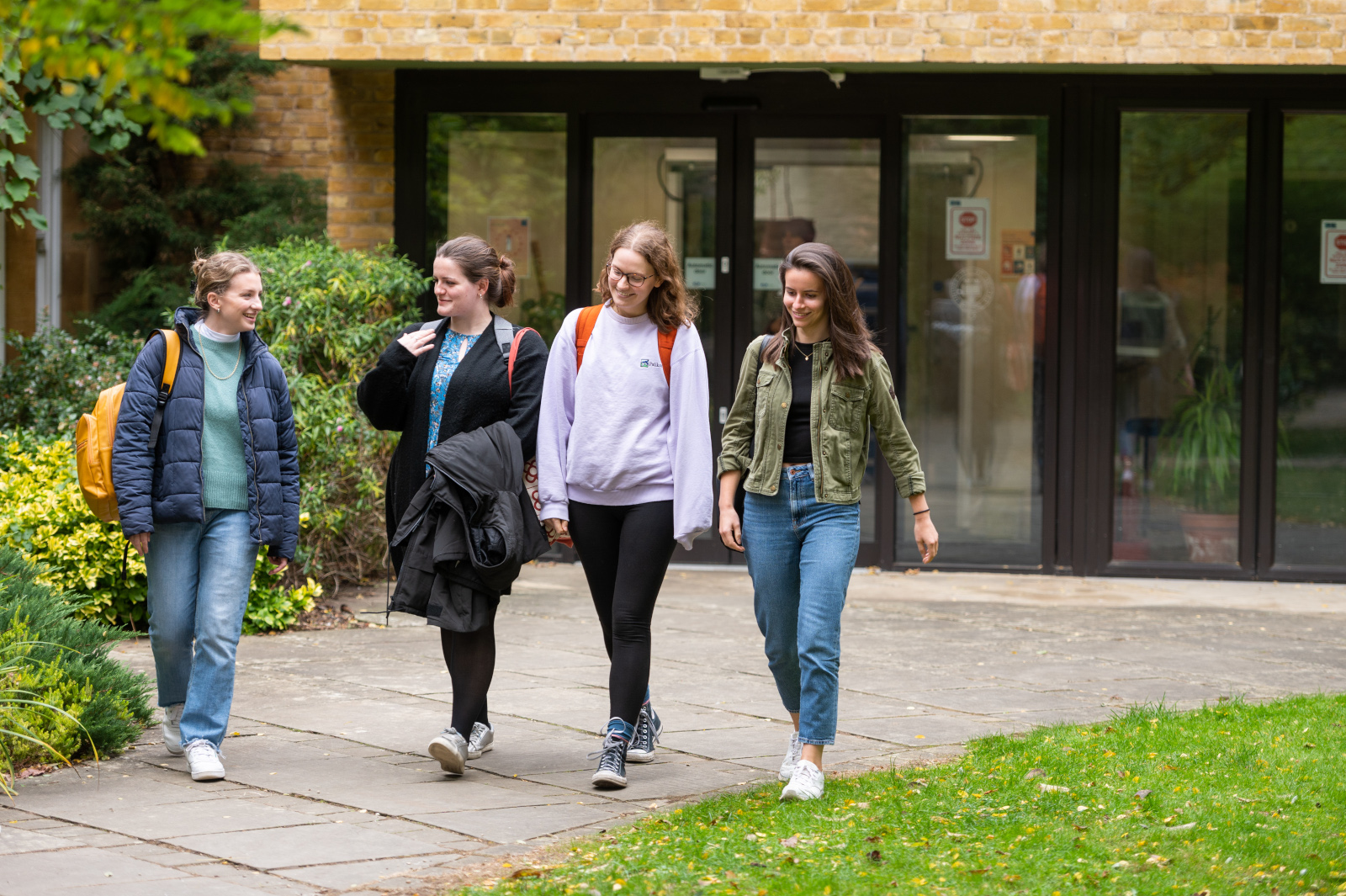Predicting language proficiency in bilingual children
Export to calendarBio
2018/19 Public Seminar Series Event
The language proficiency of bilingual children varies considerably (developmentally and across individuals). Previous research has demonstrated the impact of children’s language exposure and socio-economic background, but the relation between the two remains poorly understood. There is also no consensus on how to best model the effect of language exposure and use as predictors of language proficiency. This study focuses on a highly diverse group of 5- to 7-year-old bilingual children in terms of home language, amount of exposure and use of each language, and socio-economic status. All were in the first few years of formal education in monolingual (English) schools. Using advanced quantitative methods, we demonstrate that cumulative exposure to the school language is the best predictor of proficiency in that language (as indexed by sentence repetition, lexical semantic and discourse semantic tasks). We propose an objective method to identify the amount of school language experience beyond which bilingual children are likely to perform within the monolingual range, and show that relative passivity in the home language does not have a “protective” effect on school language proficiency. Socio-economic status is shown to interact in complex ways with language exposure, so that children with very little exposure to the school language do not benefit from the advantage otherwise conferred by higher socio-economic status.
About the speaker:
Cecile De Cat was appointed to the University of Leeds in 2004, and promoted to a professorship in 2015. Her research interests span formal linguistics and language acquisition. She is associate editor for the Journal of Child Language, and the director of Language@Leeds, a cross-faculty initiative to promote language-related research and scholarship.





